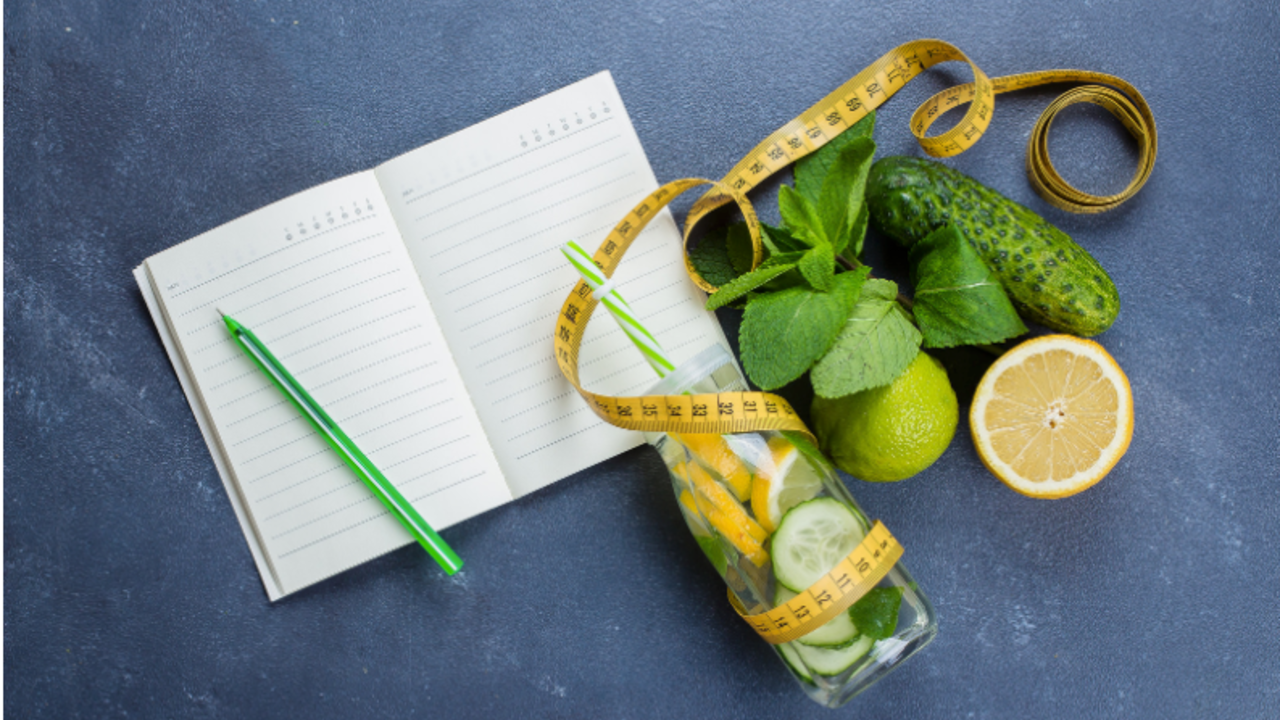Developing Healthy Routines Post Sports
Jun 22, 2020
When you are playing sports, creating a healthy routine is pretty straightforward. You’ve got a practice and game schedule, and typically you have a workout schedule that fits in there too. Everything else falls into place around that.
But when you leave sports (or when sports are on pause) it can be harder to create a routine on your own that you can actually stick to. Especially in today’s still mostly virtual environment, it can be even more challenging to motivate yourself to get active and create healthy habits. Making the effort to develop healthy routines is a game changer in reaching your goals.
Create a Daily Schedule
Just like when you were playing, make yourself a schedule that you can realistically stick to. Make sure a work out is a part of that schedule - however small it is. Just make sure you do something to get your blood flowing. Are you going to go for a run or walk every morning? Or maybe you’ll meditate in the morning and work out in the middle of the day. Make the schedule that works for you, and put it in your calendar or post it on your wall to help you stay with it.
Get Up and Moving During the Day
It can be hard to find time to get up and move when everything you do is in front of a computer. Make a habit of getting up and moving after a long call or a webinar. Take a call on the move, and go for a walk. You can even plan these “walking calls” with your team or colleagues so you both can get some exercise while you touch base.
Stay Hydrated
When you aren’t regularly working out or moving, you can forget to drink water. Keep a large reusable water bottle filled up and close by so you can stay hydrated throughout the day. If you notice you haven’t gotten up to refill the water bottle in awhile, make a point to get up and do that.
Take a Break from Your Screen
Everything nowadays is on a screen. Your eyes need a break! Studies recommend the 20-20-20 rule: Every 20 minutes, look at something at least 20 feet away for 20 seconds or more. This helps avoid strain on your eyes. If you need to do some brainstorming or thinking about a project, take a pen and paper and sit outside to change your scenery. You’ll be amazed how even that small change can make you more productive. And avoid looking at screens before bed!
Be Flexible
You might create your schedule, test it out for a few days and realize that you are more productive in the morning than the afternoons, or vice versa. This is a self-discovery process. Change up your routine so it maximizes your productive times. Make your schedule work for you, and don’t be afraid to adapt and adjust as you go.


